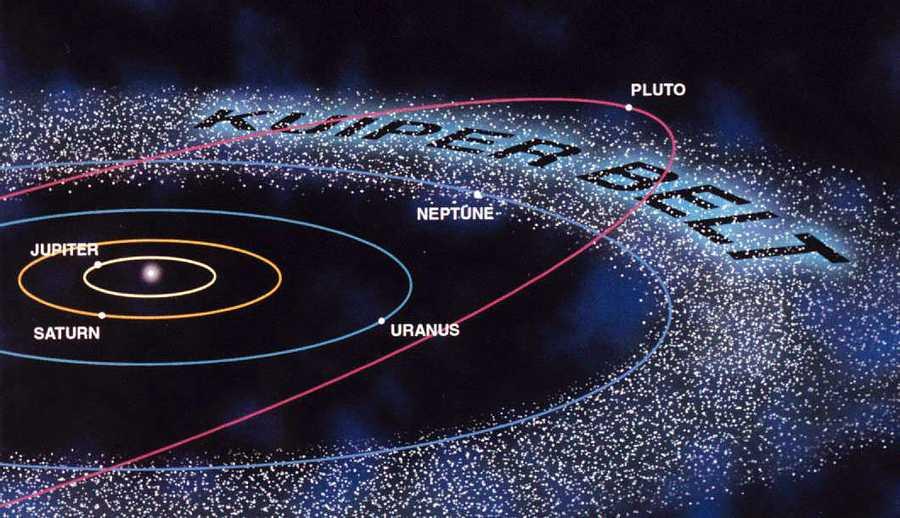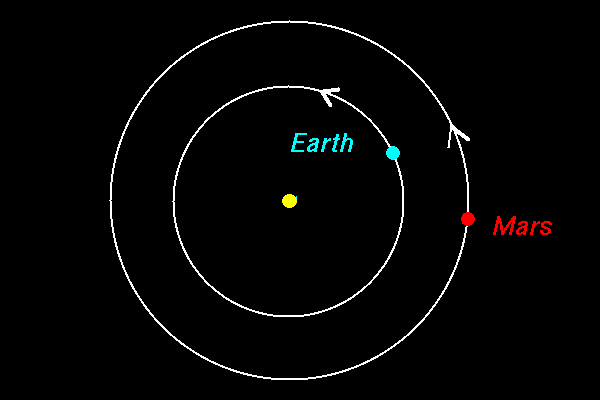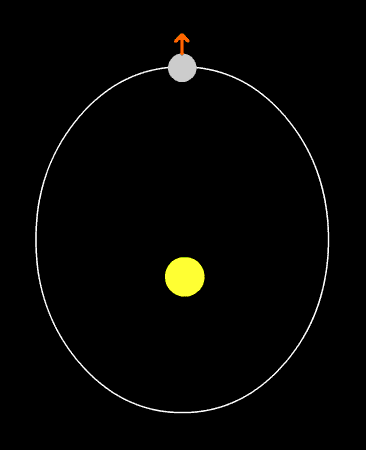Orbit and rotation
One day on neptune takes about 16 hours (the time it takes for Neptune to rotate or spin once). And Neptune makes a complete orbit around the Sun (a year in Neptunian time) in about 165 Earth years (60,190 Earth days).
Sometimes Neptune is even farther from the Sun than dwarf planet Pluto. Pluto's highly eccentric, oval-shaped orbit brings it inside Neptune's orbit for a 20-year period every 248 Earth years. This switch, in which Pluto is closer to the Sun than Neptune, happened most recently from 1979 to 1999. Pluto can never crash into Neptune, though, because for every three laps Neptune takes around the Sun, Pluto makes two. This repeating pattern prevents close approaches of the two bodies.
Neptune’s axis of rotation is tilted 28 degrees with respect to the plane of its orbit around the Sun, which is similar to the axial tilts of Mars and Earth. This means that Neptune experiences seasons just like we do on Earth; however, since its year is so long, each of the four seasons lasts for over 40 years.
25
74 reads
CURATED FROM
IDEAS CURATED BY
I'm passionate about helping people live their best lives. I'm a lifestyle coach & burnout coach.
The idea is part of this collection:
Learn more about scienceandnature with this collection
How to make sustainable choices in everyday life
Identifying ways to reduce waste and conserve resources
Understanding the impact of human actions on the environment
Related collections
Similar ideas to Orbit and rotation
Orbit an rotation
As mars orbits the Sun, it completes one rotation every 24,6 hours, which is very similar to one day on Earth (23.9 hours). Martian days are called sols—short for "solar day." A year on Mars lasts 669.6 sols, which is the same as 687 Earth days.
Mars' axis of rotation is tilted 25 degrees w...
Orbit and rotation
Mercury's highly eccentric, egg-shaped orbit takes the planet as close as 29 million miles (47 million kilometers) and as far as 43 million miles (70 million kilometers) from the Sun. It speeds around the Sun every 88 days, traveling through space at nearly 29 miles (47 kilometers) per second, fa...
Orbit and rotation
Venus rotation and orbit are unusual in several ways, Venus is one of just two planets that rotate from east to west.
Only Venus and Uranus have this "backwards" rotation. It completes one rotation in 243 Earth days — the longest day of any planet in our solar system, even longer than a wh...
Read & Learn
20x Faster
without
deepstash
with
deepstash
with
deepstash
Personalized microlearning
—
100+ Learning Journeys
—
Access to 200,000+ ideas
—
Access to the mobile app
—
Unlimited idea saving
—
—
Unlimited history
—
—
Unlimited listening to ideas
—
—
Downloading & offline access
—
—
Supercharge your mind with one idea per day
Enter your email and spend 1 minute every day to learn something new.
I agree to receive email updates



